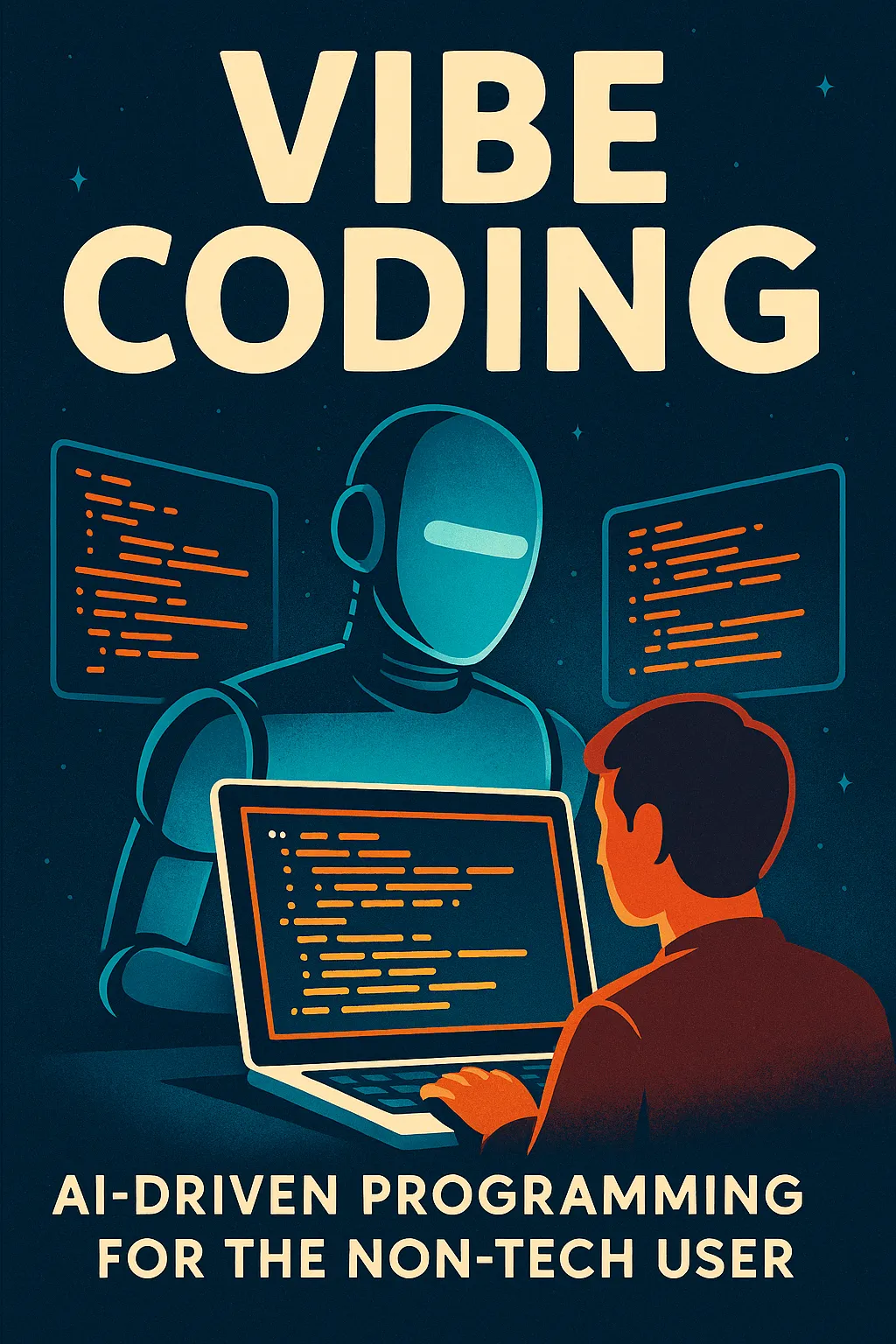The Architectural Shift in AI-Assisted Development
Introduction: The Death of Intuition, The Birth of Structure
Two years ago, “vibe coding” promised a revolution: describe what you want in natural language, and AI generates code instantly.
It felt like magic—until production systems crumbled under inconsistent outputs, security flaws, and “AI hallucinations”. As Andrej Karpathy (OpenAI co-founder) declared, “Context Engineering” is now the critical discipline replacing vibe coding’s trial-and-error approach. It’s not about what you ask AI, but how you architect its entire operating environment.
“Prompt engineering is a local skill. Context engineering is global—it’s designing software for AI cognition.”
Why Vibe Coding Failed in Production
Vibe coding’s allure—speed, intuition, minimal effort—masked fatal flaws:
Inconsistent Outputs: AI-generated code worked on “happy paths” but failed under edge cases or scale.
Technical Debt: Teams spent weeks fixing AI-generated security gaps (e.g., SQL injections in auth systems).
Lack of Governance: No audit trails, compliance checks, or alignment with business logic.
A 2025 study by Qodo found 76.4% of developers rejected AI-generated code without human review due to reliability concerns.
Context Engineering Defined
Context engineering structures everything an AI needs to solve a task reliably:
“It’s the delicate art of filling the context window with the right information for the next step.” — Andrej Karpathy.
The 5 Pillars of Context Engineering:
Technical Overview
What: System architecture, dependencies, and environmental constraints.
Why: Prevents AI from “guessing” incompatible solutions.
Example: Injecting Kubernetes configs or cloud service limits before generating infrastructure code.
PRD or Feature Prompt
What: Product Requirements Document (PRD) translated into structured prompts.
Why: Aligns AI output with business goals.
Tool: Claude Code’s PRPs (Product Requirements Prompts) auto-generate task blueprints.
/create_prp Feature: User Auth System - Auth0 integration - GDPR compliance - 2FA enforcement
Implementation Plan
What: Step-by-step roadmap with validation checkpoints.
Why: Breaks complexity into verifiable units.
Example: AI agents executing phases (design → code → test) with rollback protocols.
Quality Expectations
What: Performance metrics, security rules, and UX standards.
Why: Ensures outputs meet production-grade criteria.
Framework: LangGraph enforces quality gates via automated policy checks.
Reference Materials
What: Code snippets, regulatory docs, or user personas.
Why: Grounds AI in domain-specific truth.
Tech: RAG (Retrieval-Augmented Generation) pulls real-time data from Confluence/JIRA.
Context Engineering vs. Prompt Engineering
While prompt engineering crafts single queries, context engineering designs entire cognitive workflows:
Prompt Engineering: “Write a Python function to calculate ROI.”
Context Engineering:
Inject financial compliance guidelines.
Attach past code from
finance_utils.py.Set JSON output schema for API compatibility.
“Prompt engineering is a subset of context engineering. The latter is the operating system for AI collaboration.”
Tools and Frameworks for Context Engineering
Orchestration Tools
| Tool | Use Case | Key Feature |
|---|---|---|
| LangChain | Dynamic context assembly | Memory-augmented agents 7 |
| MemGPT | Long-term memory management | Recursive summarization 7 |
| AutoGen | Multi-agent workflows | Tool chaining with state control 7 |
Optimization Engines
Context Pruners: Trim redundant tokens using semantic compression (e.g., LLMLingua).
Hallucination Filters: Embed guardrails like NVIDIA NeMo Guardrails.
UX Design Implications
Context engineering transforms AI from a “code writer” to a design partner:
Personalization at Scale: RAG injects user histories (e.g., “User is vegan; show plant-based recipes”).
Error Prevention: Structured outputs eliminate “creative deviations” in UI copy.
Audit Trails: Documented context satisfies GDPR/ISO compliance needs.
“Context engineering encodes your company’s culture into AI—its communication style, processes, and values.” — Ethan Mollick, Wharton School.
Part 6: Implementing Context Engineering: A Case Study
Project: Healthcare appointment scheduler
Context Engineered Workflow:
Technical Overview: HIPAA compliance rules, EHR API docs.
PRD: “Allow rescheduling via SMS; max latency: 200ms.”
Implementation Plan:
Phase 1: Twilio integration → Phase 2: FHIR data sync → Phase 3: Load testing
Quality Expectations: 99.99% uptime; PII encryption.
Reference Materials: Patient consent templates, FHIR standards.
Outcome: 40% faster development; zero compliance violations.
Conclusion: The New Paradigm of AI Collaboration
Vibe coding was the prototype; context engineering is the production system. It demands upfront investment—defining rules, curating knowledge, designing workflows—but slashes technical debt and unlocks reliable, scalable, and ethical AI collaboration. As Karpathy notes: “Calling this a ‘ChatGPT wrapper’ is wrong. It’s a new software paradigm.”.
Start Today:
Audit your AI’s “context diet”—what does it not know that causes errors?
Replace vague prompts with PRPs.
Embed LangGraph or MemGPT for stateful workflows.
Adopt TDD: Generate tests before code.
The future isn’t just coding with AI—it’s engineering contexts where AI thrives.
References & Tools
Andrej Karpathy on Context Engineering: X Post


